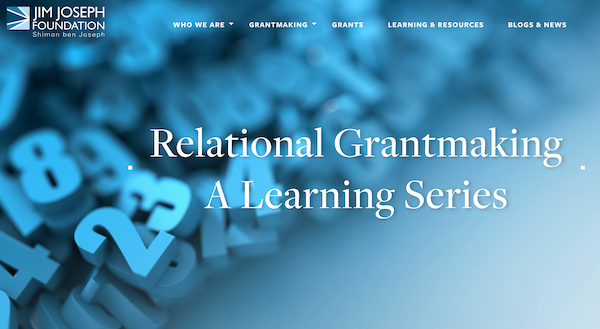Is it Safe to Fail…?
“Hi. I’m Ashley, Head of Failure here at Engineers Without Borders Canada and I’d love to hear from you!”
Not your typical opening line, but an intriguing one from a Canadian NGO web site which shares and collects failures: admitting failure – Ashley introduces herself under “Contact”. Similarly, Paul Iske of the School of Business and Economics in Maastricht founded a few years back the Institute of Brilliant Failures, but the Institute’s website does not seem to inspire a high volume of activity. Maybe being completely open about failure is not always an option.
When you have access to large numbers of examples, you can also share the mistakes anonymously in the form of a digest, as the World Bank did in a blog Worst Practices in ICT and Education. Why are failures important? Many foundations aspire to solve quite complex problems. For such problems, clear-cut, tested solutions seem to be in short supply. Probes, experiments as well as trial and error are an essential part of a foundation’s contribution towards solutions of complex problems. And if foundations were to share their failures, they could build on the attempts of others when designing novel experiments.
So how open are foundations about failure? Last year GrantCraft did a survey on taking risks. It showed that being open about failure was considered “very risky” or “somewhat risky” by 64% of the 254 respondents to the GrantCraft survey. Fortunately, some 36% of the respondents actually felt that being open about failure was “not very risky”.
It was notable that the respondents who considered that being open about failure was “very risky” also attributed a high level of risk to “working on publicly contested issues” and “working in politically volatile environments.” How to interpret this is difficult because we do not know if this correlation is based on actual experience with working on these issues, or has to do with risk-averse attitudes.
Along the lines of the Institute of Brilliant Failures, some argue failure is an essential ingredient to be able to innovate and advance. A blogger at the Stanford Social Innovation Review eloquently argues why philanthropists cannot do without failure and another commentary highlights the importance of the role of Boards and Trustees in creating space for risks and failure.
Sharing failure needs courage at the same time, a safe space helps. Sharing failure face-to-face with someone you know and trust may be the safest but how many peers would you reach this way. On the other hand, putting it out publicly on the web like Engineers Without Borders may not suit all foundations. GrantCraft aims to provide a safe, anonymous opportunity to share experiences – including the not so successful. Indeed, both your successes and failures are welcome at GrantCraft. Meanwhile, considering we are in February and it is time to reflect on our good intentions for the year. What about asking yourself some of the questions included in Iske’s “Brilliant Failure Culture Check”?
In your foundation, does your leadership control or navigate? Is it really safe to fail? And is learning from failures really valued? If not, would it be time to recruit a Head of Failure?


